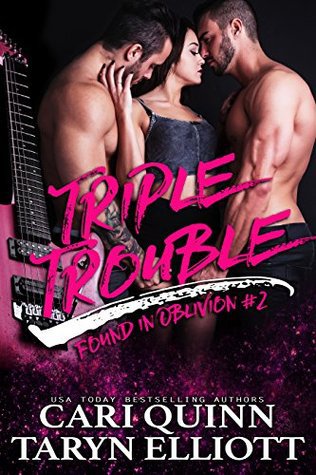
As the events in Charlottesville were taking place, I finished reading a new book by Washington Post journalist Steven Levingston called Kennedy and King: The President, the Pastor, and the Battle over Civil Rights. Levingston offers a chronological narrative focused on the evolution of President John F. Kennedy’s views on civil rights, as interpreted and influenced by Martin Luther King, Jr. and others in the Civil Rights Movement itself. The book is insightful and compelling and served as a crucial frame for my contemplation of the Confederate monuments debate.
Levingston refers back to the era of slavery in the United States, the Civil War, and the development of Jim Crow regularly in assessing the progress of civil rights in America. He clearly knows that the Civil War and the Civil Rights Movement are connected and cannot be separated, just as John Kennedy asserted in his famous June 11, 1963 address to the nation following the successful, yet contested, integration of the University of Alabama. Kennedy reminded the nation:
One hundred years of delay have passed since President Lincoln freed the slaves, yet their heirs, their grandsons, are not fully free. They are not yet freed from the bonds of injustice. They are not yet freed from social and economic oppression. And this Nation, for all its hopes and all its boasts, will not be fully free until all its citizens are free.
We cannot talk about the Civil Rights Movement without talking about Lincoln, slavery, and contested notions of freedom. We cannot talk about Confederate monuments without this same context. The Confederate monuments were a symbol of northern acquiescence to Jim Crow. They were designed, funded, and erected in an era when economic progress outweighed concerns about individual rights. Ideas about racial equality and opportunity were subsumed by discussions of colonization and spreading democracy. But as the Civil Rights Movement showed us, these ideas, these desires, were merely dormant, not dissipated.
As Levingston noted, Civil Rights activist James Baldwin called out northerners in July 1960 as being complicit in the oppression of southern blacks. Just as it was true in 1860, it was true in 1960: “Neither the Southerner nor the Northerner is able to look on the Negro simply as a man…They are two sides of the same coin, and the South will not change – cannot change – until the North changes.”[1] Despite decades of attempted moral suasion, words did not persuade southerners to end slavery prior to the Civil War; only northerners willing to sacrifice their lives did that. And, one hundred years later, it again took northern sympathy and activism to hear the call from southern blacks for justice, and push the president into action.
Now, two former border states take the lead. As prominent communities in Kentucky and Maryland remove their Confederate statues, we wait to see whether actions from these areas can trickle into the Deep South. Will the North again compel change in the South? What provokes these changes now, in this moment?
I believe the removal of the Confederate statues is the right decision. It does not make sense to me why we commemorate treason that was based on the right to enslave others. Confederate secession was not the high moral ground. It was not in line with aspiring to the words of the Declaration of Independence. To sustain Confederate monuments sends a message that it is necessary to celebrate the effort, even when that effort was malicious. To sustain Confederate monuments sends a message that there is something noble and heroic in the Confederate cause, that it would be noble or heroic to mimic it. There is a clear and easy line that can be drawn between celebrating the Confederacy and attempting to emulate their behavior. And if that line is encouraged by the existence of these monuments, then surely there is an equally clear message to white supremacists, neo-Nazis, and others that those doomed, failed, horrific beliefs and failures should also be continued.
Removing the monuments at this time likely has something to do with control. There is only so much that individual Americans can control during a tumultuous time like this one. The past year has brought to light that we absolutely do not live in a post-racial society. Americans struggle with integrating perceptions of difference into our perceptions of equality, thus Civil War historians need to take a stronger lead in contextualizing current events. Debate over the Confederate flag and monuments is not new, but pulling them down as a response to current national discourse is. As a Civil War historian, I do not care what compels communities to remove the monuments; if the course of these current events is the impetus, so be it. What I do care about is that they are removed, so that they can become artifacts in our telling of the failure of the Confederate idea, rather than ongoing embarrassments signaling our historic and ongoing failures of racial equality.
The monuments must come down. They represent inequality, oppression, and a celebration of treason that should not be reconciled with the future of our nation.
————
[1] James Baldwin, “Fifth Avenue, Uptown,” Esquire, July 1960.
Share this:




